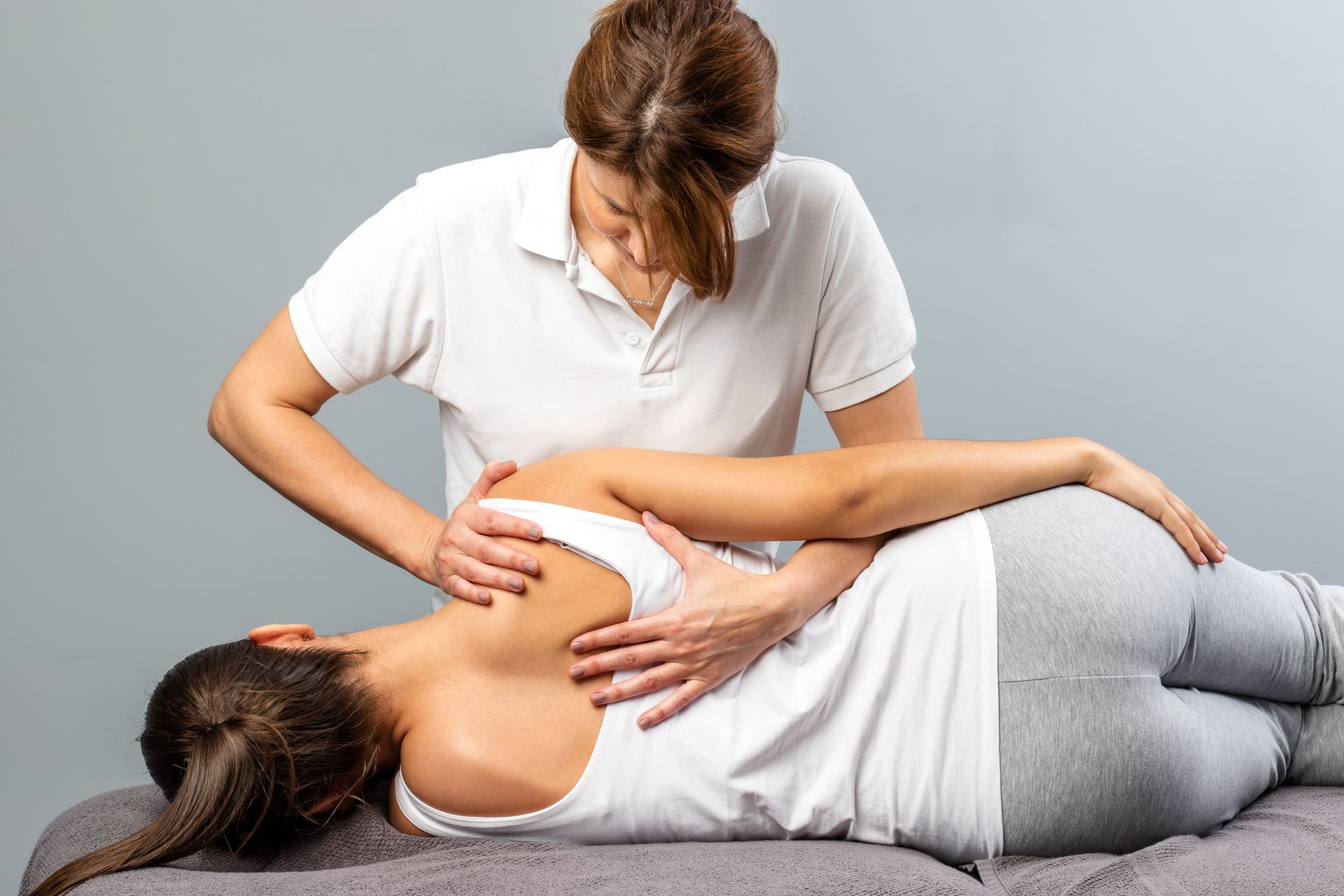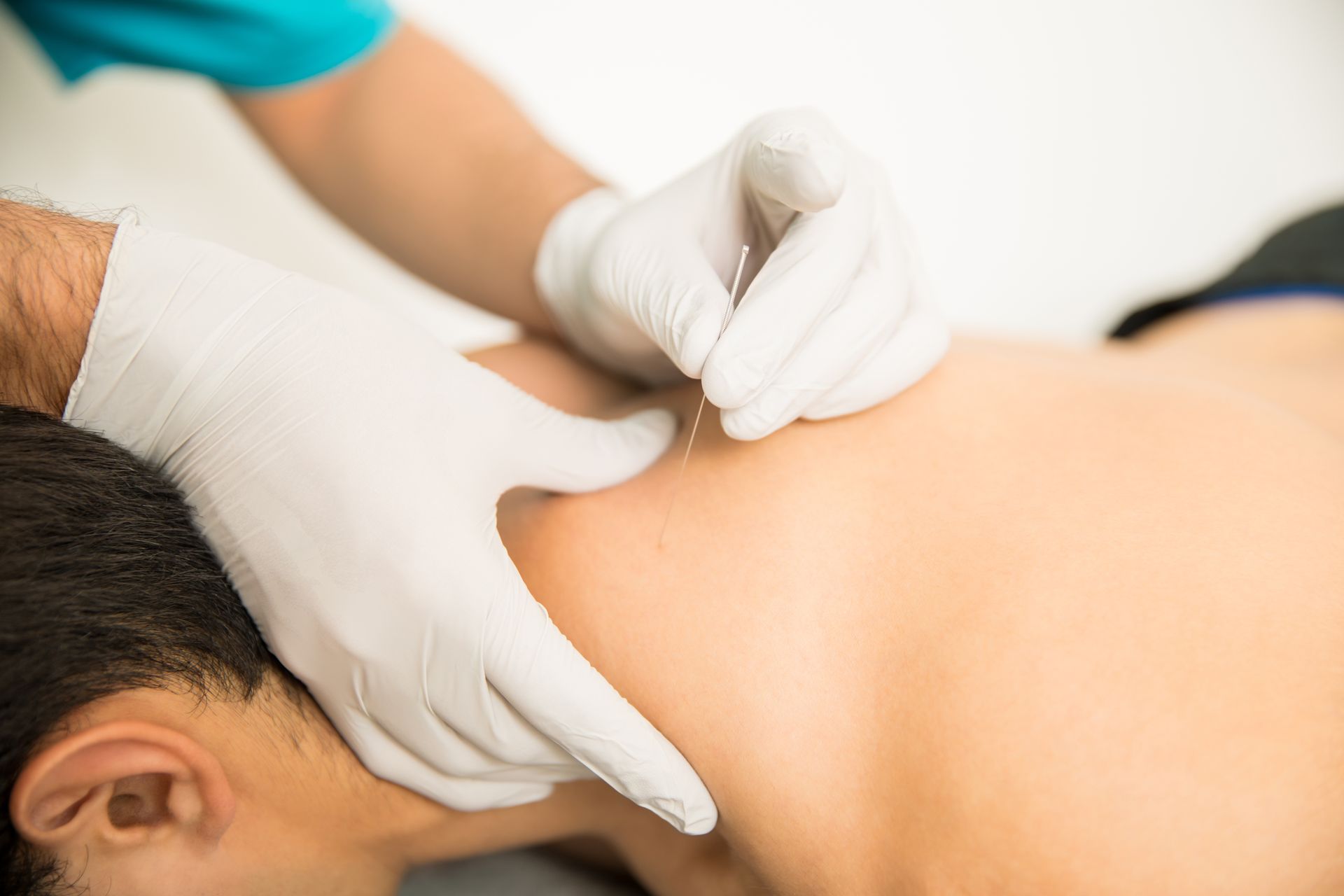Disc Herniation and Spinal Decompression: How Spinal Decompression Therapy Can Help Alleviate Pain and Improve Function
Disc herniation is a common yet painful condition that occurs when the soft, jelly-like center of an intervertebral disc bulges or ruptures through a weak area in the outer layer of the disc. This can result in pressure on nearby nerves, causing pain, numbness, and weakness in the arms or legs. In some cases, this pain can become chronic and significantly impact a person's quality of life. However, spinal decompression therapy offers a safe, non-surgical solution to help alleviate pain and improve function. Read on to find out how this innovative therapy can provide relief for those suffering from disc herniation.
Understanding Disc Herniation
To understand how spinal decompression therapy works, it is crucial first to comprehend the anatomy of the spine and what causes disc herniation. The spine is made up of bones called vertebrae, which are stacked one on top of the other. Between each vertebra is a soft, cushion-like disc that helps absorb shock and allows for flexibility in the spine.
Disc herniation can occur due to several factors, including age-related wear and tear, repetitive strain from activities like heavy lifting, or trauma from a sudden injury. When the outer layer of a disc (the annulus fibrosus) weakens or tears, the soft center (the nucleus pulposus) can push through, leading to a herniated disc. This can cause compression of nearby nerves, resulting in pain, weakness, and numbness.
Spinal Decompression Therapy: A Non-Surgical Solution
Spinal decompression therapy is a non-invasive, non-surgical treatment method that can help alleviate pain and promote healing in patients with disc herniation. This therapy involves the use of a specialized table, with the patient lying either face down or face up, depending on the location and severity of the herniation.
The table is then programmed to gently stretch and relax the spine, creating a negative pressure within the disc space. This negative pressure helps to pull the herniated portion of the disc back into its normal position, reducing pressure on the nerves and promoting the flow of healing nutrients and oxygen to the affected area. The treatment is typically painless and provides most patients with immediate relief from their symptoms.
The Benefits of Spinal Decompression Therapy
Spinal decompression therapy offers several advantages for patients suffering from disc herniation:
1. Non-surgical: Unlike traditional surgical options, spinal decompression therapy does not involve any incisions, anesthesia, or a lengthy recovery period. This makes it an attractive option for those who wish to avoid surgery or those for whom surgery may not be an option.
2. Pain relief: By relieving pressure on the nerves, spinal decompression therapy can significantly reduce pain, numbness, and weakness associated with disc herniation.
3. Improved function: As the herniated disc returns to its normal position, patients may experience improved range of motion and function in the affected area.
4. Promotes healing: The gentle stretching and relaxation of the spine during spinal decompression therapy also encourage the flow of oxygen and nutrients to the affected area, promoting healing and speeding up the recovery process.
5. Reduced need for pain medication: With the pain-relieving effects of spinal decompression therapy, many patients find that they can reduce or even eliminate their reliance on pain medication.
Experience Relief at Total Rehabilitation & Sports Injury Clinic
If you are suffering from disc herniation and are seeking a non-surgical solution to alleviate your pain and improve your quality of life, consider spinal decompression therapy at Total Rehabilitation & Sports Injuries Clinic. Our experienced team of professionals is dedicated to providing the highest level of care in a comfortable and welcoming environment. To learn more about spinal decompression therapy and how it can benefit you, contact us today to schedule a consultation. Together, we can work towards a pain-free, healthier future.










